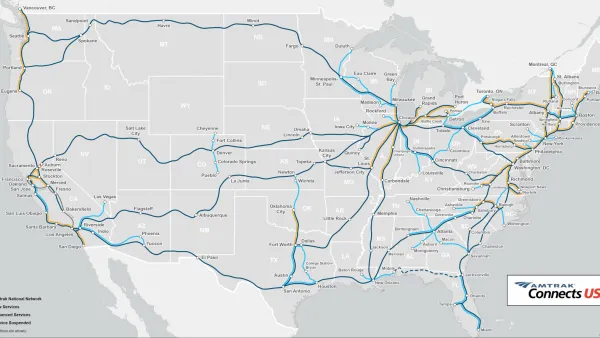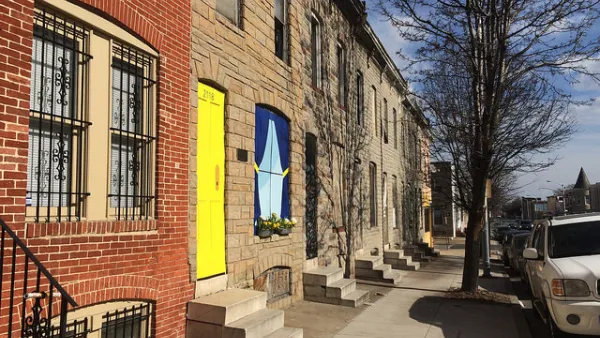Rice University Kinder Institute for Urban Research recently published "A Bottom-Up Infrastructure Strategy for American Renewal."

The Rice University Kinder Institute for Urban Research worked with former Secretary of the U.S. Department of Housing and Urban Development Henry Cisneros to publish a new report charting a path for "bottom-up" infrastructure investment for post-pandemic recovery.
The report surveys infrastructure priorities in 100 metropolitan areas and 134 cities across the country to 1,800 high-priority infrastructure projects (shown in an interactive map). Of that total, transportation, public facilities, water and wastewater, energy projects and communications projects appear most frequently on the list.
To meet the nation's infrastructure challenges (the result of decades of neglect preceding the pandemic), the report suggests a focus on three areas: post-pandemic infrastructure, climate resilience, and urban-rural connections.
An introductory article summarizes the "bottom-up" approach suggested in the report:
Too often U.S. infrastructure policy has taken a top-down approach, with the federal government dictating what will be built, based on inside-the-Beltway lobbying. But, in reality, the American economy is a network of regional and metropolitan economies. Cities and metropolitan areas are the true engines of American prosperity, and generate most of the economic output and most of the jobs. And they are economically connected to small towns and rural areas when they are part of the same mega-region. To meet the challenges listed above, the next American infrastructure strategy must include a market-based, bottom-up component that is responsive to the needs on the ground in cities, metros and regions.
The report suggests the local and regional leaders consult on the details of this infrastructure plan, so it's not suggesting a grassroots or community-led process sometimes connoted by the term "bottom-up."
FULL STORY: The US needs a bottom-up plan to fix its glaring infrastructure needs

Analysis: Cybertruck Fatality Rate Far Exceeds That of Ford Pinto
The Tesla Cybertruck was recalled seven times last year.

National Parks Layoffs Will Cause Communities to Lose Billions
Thousands of essential park workers were laid off this week, just before the busy spring break season.

Retro-silient?: America’s First “Eco-burb,” The Woodlands Turns 50
A master-planned community north of Houston offers lessons on green infrastructure and resilient design, but falls short of its founder’s lofty affordability and walkability goals.

Test News Post 1
This is a summary

Analysis: Cybertruck Fatality Rate Far Exceeds That of Ford Pinto
The Tesla Cybertruck was recalled seven times last year.

Test News Headline 46
Test for the image on the front page.
Urban Design for Planners 1: Software Tools
This six-course series explores essential urban design concepts using open source software and equips planners with the tools they need to participate fully in the urban design process.
Planning for Universal Design
Learn the tools for implementing Universal Design in planning regulations.
EMC Planning Group, Inc.
Planetizen
Planetizen
Mpact (formerly Rail~Volution)
Great Falls Development Authority, Inc.
HUDs Office of Policy Development and Research
NYU Wagner Graduate School of Public Service




























